
Hidden in Plain Sight: Martin Luther King Jr.’s Radical Vision
Lesson by Craig Gordon
This lesson helps students penetrate the curtain of clichés and lies the corporate media have erected around Martin Luther King Jr. in order to make him “safe” for public consumption.

The View from the Trenches
Reading by Charles Payne
A critique of the master narrative of the Civil Rights Movement.
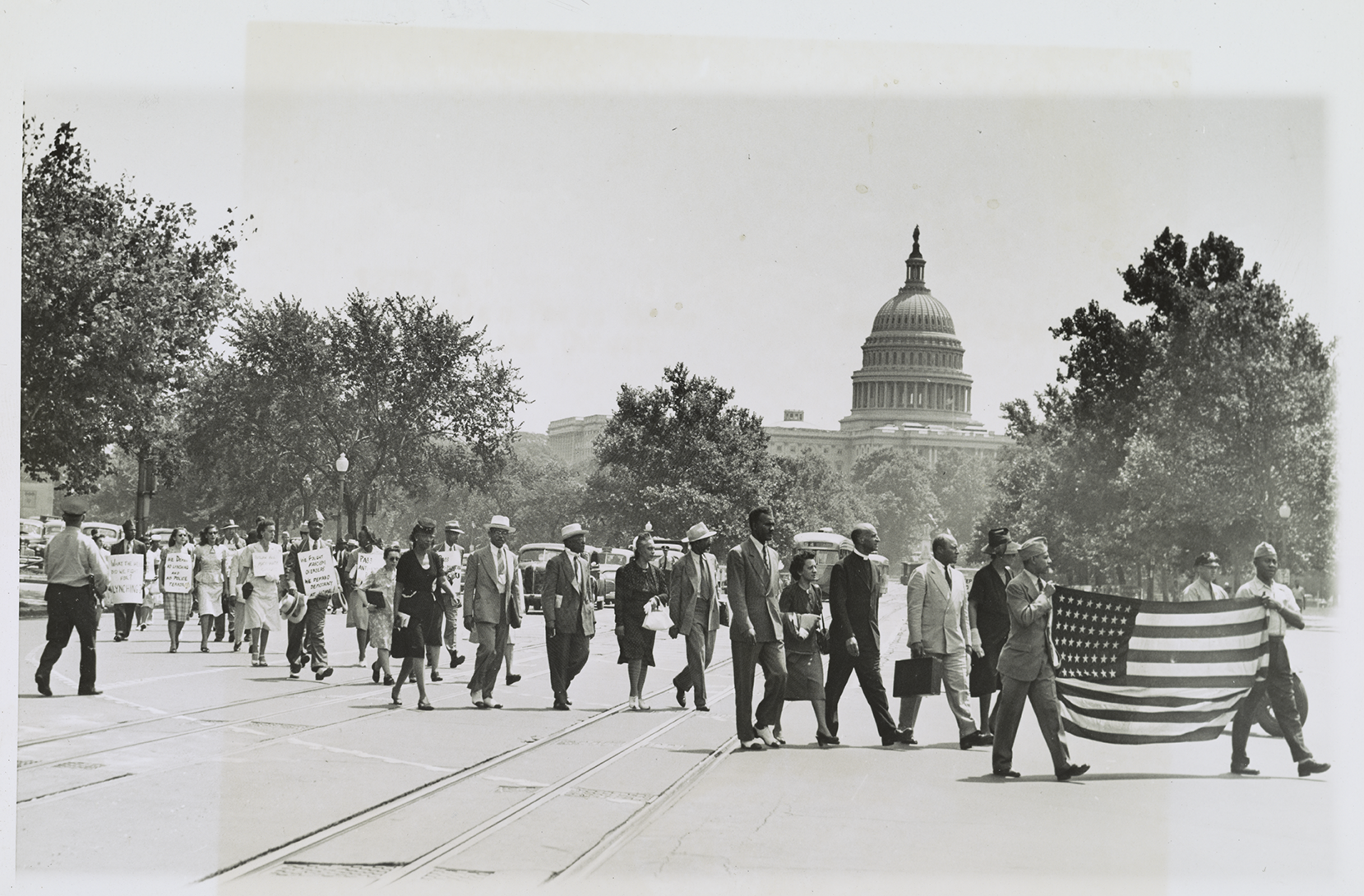
Uprooting Racism and Racists in the United States
Reading by James Boggs and Grace Lee Boggs
A short history of racism in the United States.

Teaching About Race and the Media
Lesson by Julian Hipkins III
The corporate media portrayed events happening across the country through a lens of white supremacy, ignoring or misreporting tales of state sponsored terrorism. This lesson introduces students to the impact of the corporate media on the Civil Rights Movement, the role of the Black press, and organizing by African Americans to hold the white press accountable.
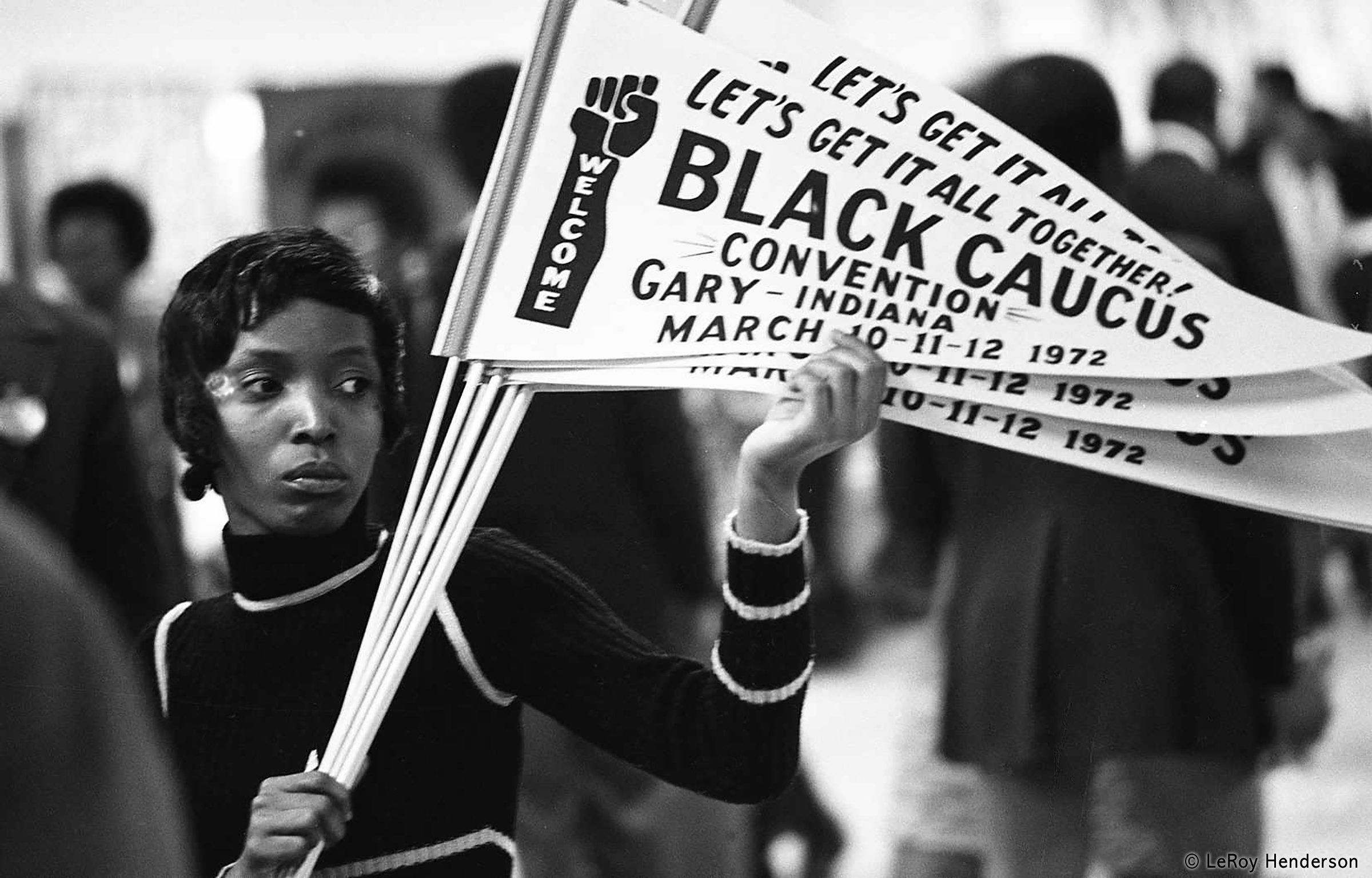
Advanced Ideas About Democracy
Reading by Vincent Harding
Excerpts from Hope and History: Why We Must Share the Story of the Movement, a well-annotated list of historic events for teaching the full story of the Civil Rights Movement.
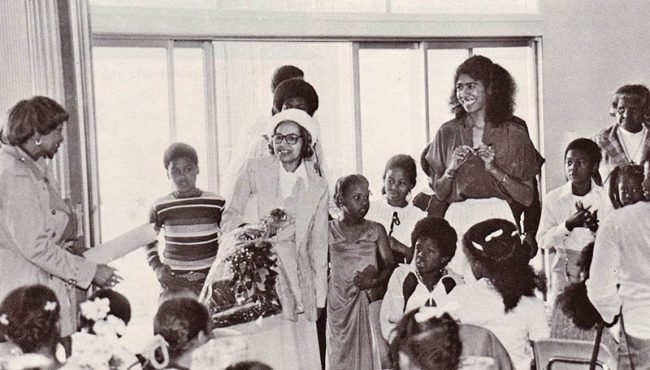
The Rebellious Lives of Mrs. Rosa Parks
Lesson by Bill Bigelow
In this mixer lesson, students learn about Rosa Parks' many decades of activism by taking on roles from various times in her life. In this way, students learn about her radicalism before, during, and long after the Montgomery Bus Boycott.
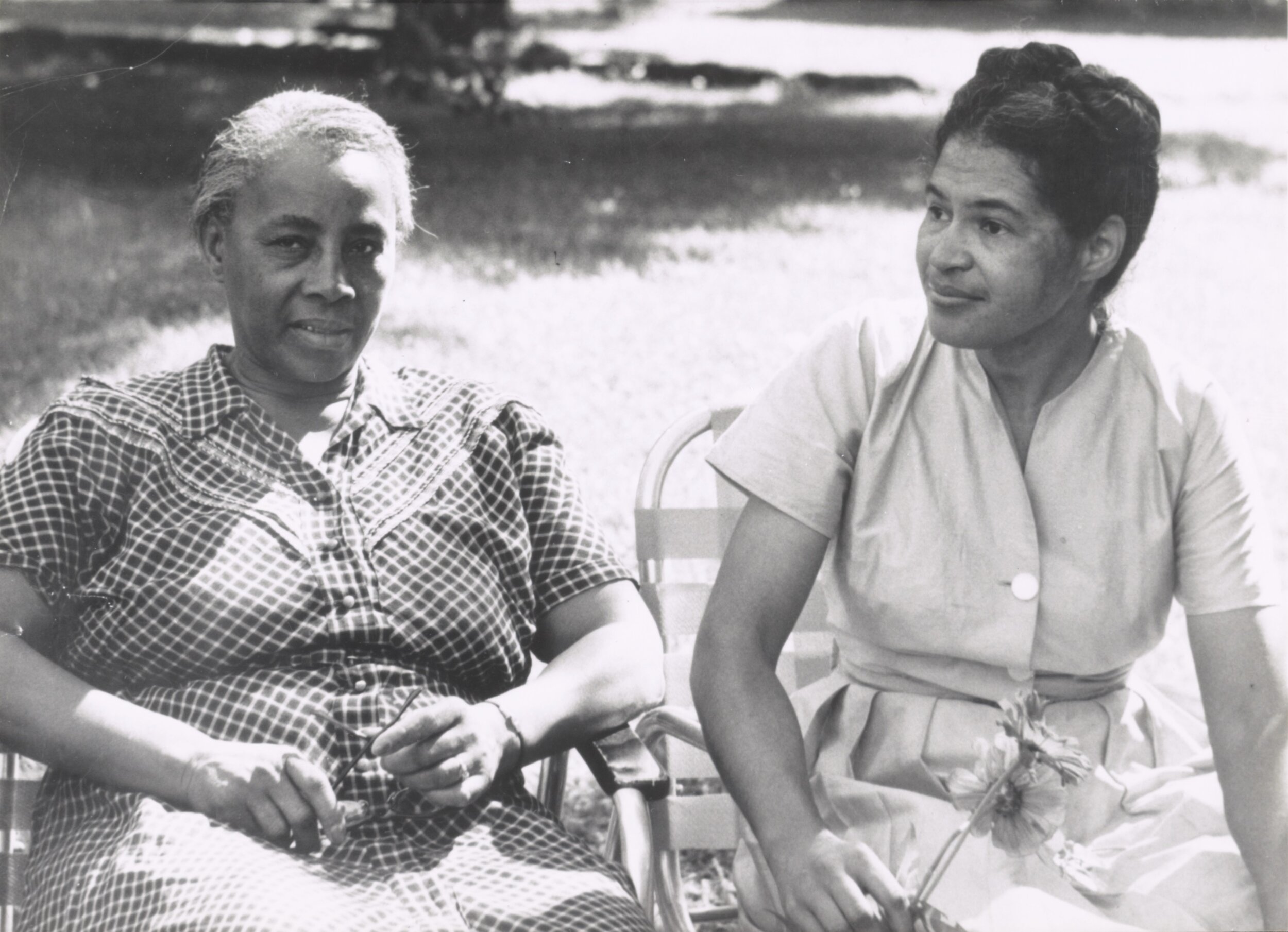
The Politics of Children’s Literature: What’s Wrong with the Rosa Parks Myth
Reading by Herbert Kohl
A critical analysis that challenges the myths in children’s books about Rosa Parks and the Montgomery Bus Boycott.

The Limits of Master Narratives in History Textbooks: An Analysis of Representations of Martin Luther King
Reading by Derrick Alridge
A study of how U.S. history textbooks present prescribed, oversimplified, and uncontroversial narratives of Dr. Martin Luther King Jr. that obscure important elements in King’s life and thought.

What Julian Bond Taught Me
Reading by Jeanne Theoharis
Freedom movements don’t just happen, they are made—and not by charismatic leaders, but by everyday people possessing great courage. Reflections on what Julian Bond taught us about how social movements are built and sustained.

Patriotism over Democracy: A Critical Analysis of U.S. History Textbooks
Reading by James Loewen
Examination of how U.S. history textbooks misrepresent the role of the federal government in foreign and domestic policy, minimizing the potential power of the people.

Guns and the Southern Freedom Struggle: What’s Missing When We Teach About Nonviolence
Reading by Charles E. Cobb Jr.
Asserting their right to defend themselves when attacked was a tradition that safeguarded and sustained generations of Black people in the United States. Yet this tradition is almost completely absent from the conventional narrative of the Southern civil rights struggle.
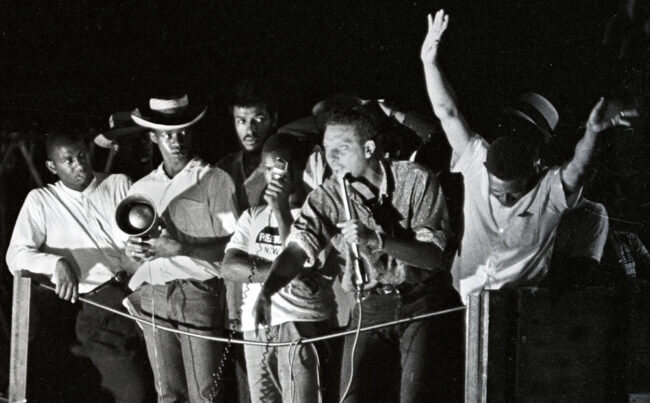
What Happened to the Civil Rights Movement After 1965? Don’t Ask Your Textbook
Reading by Adam Sanchez
Too often, students are taught that the Civil Rights Movement ended in 1965 with passage of the Voting Rights Act. It didn’t. Adam Sanchez argues that it is essential to teach the long, grassroots history of the Civil Rights Movement in order to help students think about today’s movements for racial justice.

Nonviolence vs. Jim Crow
Primary Document by Bayard Rustin
This essay, based on an experience Rustin had in 1942, is one example of the countless challenges to Jim Crow and the use of non-violence as a tactic that predate the traditional 1954 start date for the Civil Rights Movement.

Mississippi Burning Is Still Burning: A Critical Film Review
Reading by Judy Richardson
A critical review of the film Mississippi Burning, which characterizes the local African American community as passive victims of racist violence and lifts the role of the FBI to heroic proportions.

Rosa Parks: Countering the Master Narrative
Lesson by Jesse Hagopian
With a short video and readings with competing viewpoints, students will learn about master narratives and counter-narratives and how they apply to Rosa Parks’ life. This activity can be introduced before watching the film or reading the book, The Rebellious Life of Mrs. Rosa Parks.

How Should Rosa Parks’s Legacy Be Memorialized?
Lesson by Cierra Kaler-Jones
This lesson invites students to consider how Rosa Parks’ legacy is memorialized by critically examining her statue at the U.S. Capitol. Students learn the fuller story of Rosa Parks’ life and use that information to determine how they would memorialize her legacy.

Preserving and Teaching Black History
Interview of Timothy Jenkins by Rock Newman
During this powerful interview, Timothy Jenkins talks about the history of Howard University, the Student Nonviolent Coordinating Committee (SNCC), pan-Africanism, liberatory education, the Association for the Study of African American Life and Culture (ASALH), Black history as American history, Stokely Carmichael, lessons from the barbershop, revolutionary nonviolence, and much more.

Children’s Book on Ella Baker: A SNCC Veteran’s Review
Reading by Judy Richardson
A critical review of the picture book, Lift as You Climb: The Story of Ella Baker.

Teaching About Nonviolence and Self-Defense
Teaching Idea by Julian Hipkins III
In the article and video clip used in this lesson, Charles E. Cobb Jr. talks about the role that self-defense and nonviolence played in the Civil Rights Movement. Cobb explains that for many, nonviolence was a tactic rather than a way of life. People in communities across the south were prepared to use lethal force when necessary to protect themselves.

Reinventing My Teaching about the Civil Rights Movement
Teaching Reflection by Alana D. Murray
Murray describes how she rethought her teaching about the Civil Rights movement to align pedagogically with Ella Baker's ideals, relying on the critical role of colleagues and traditional local leadership in creating and sustaining change.
